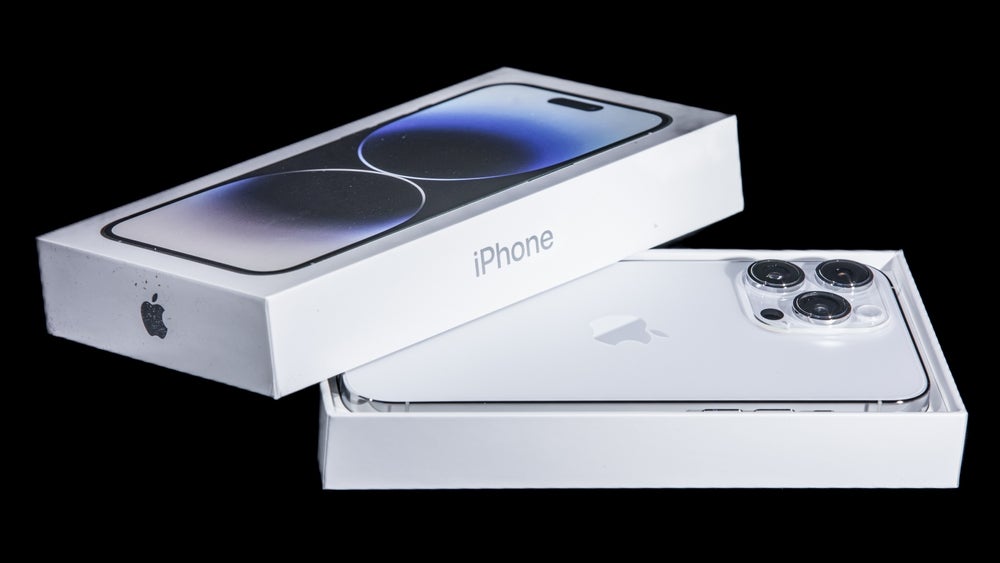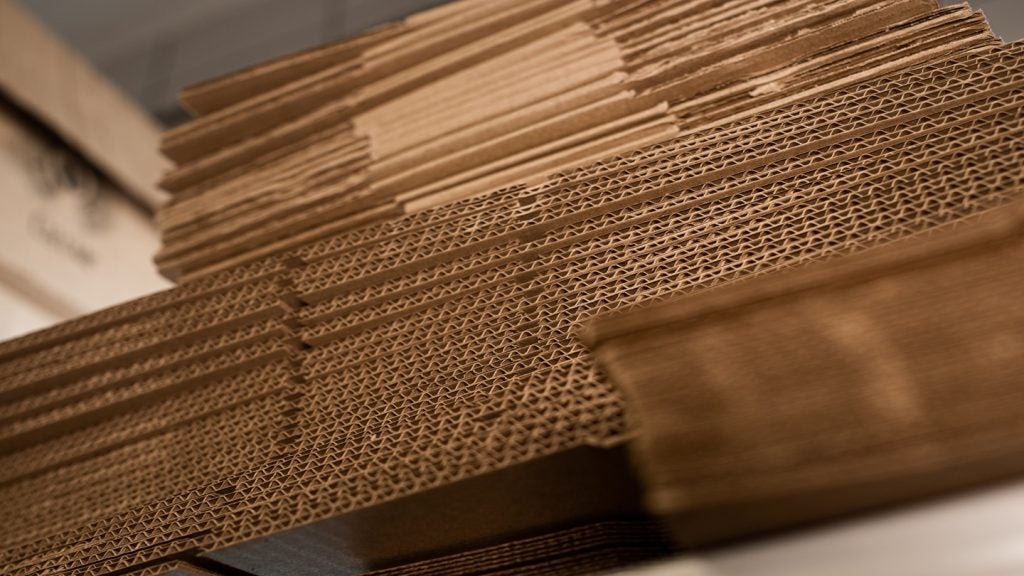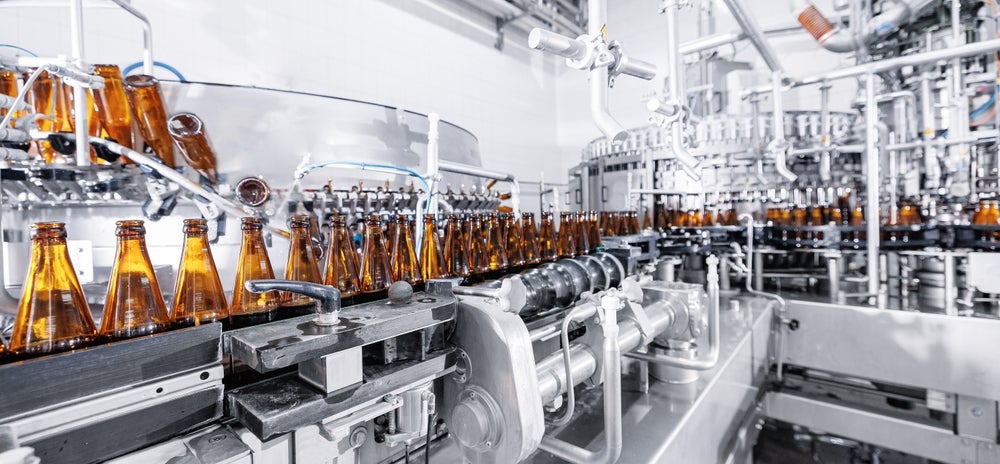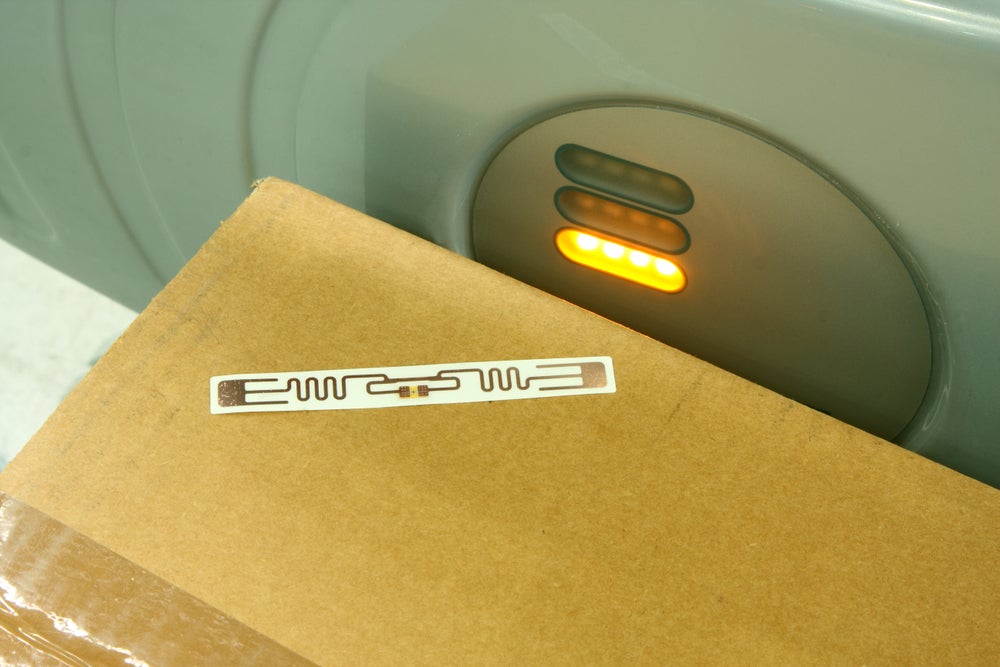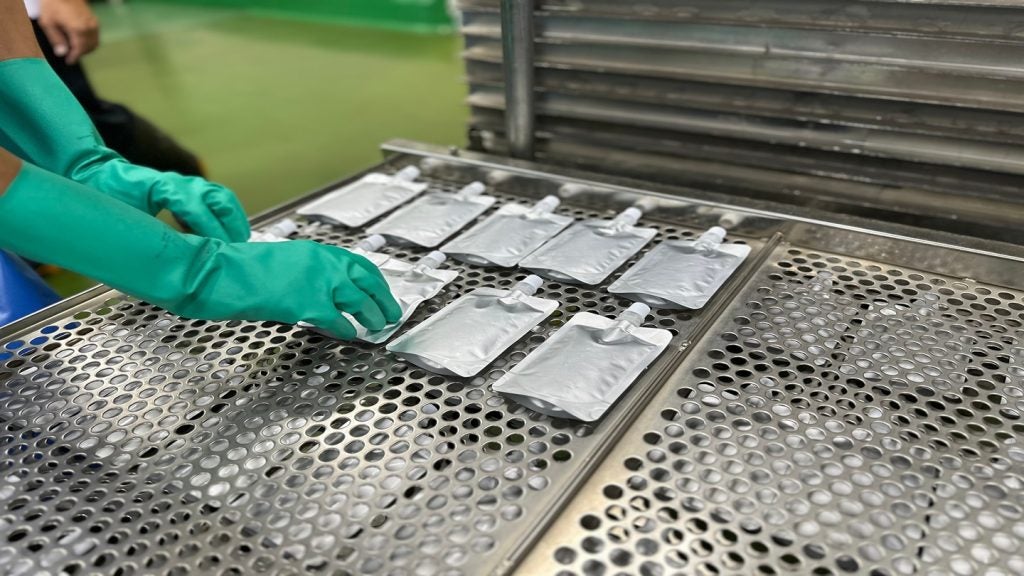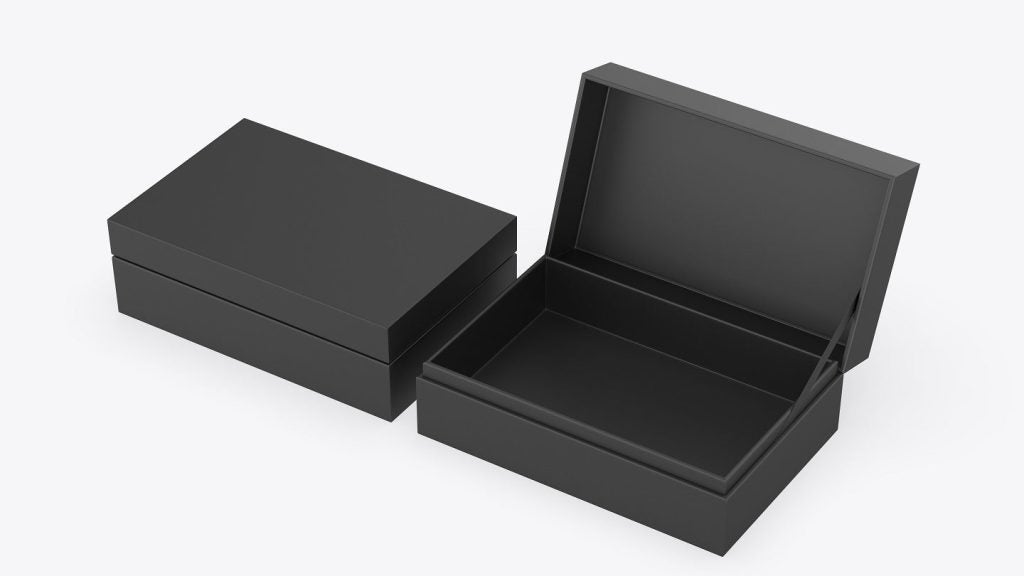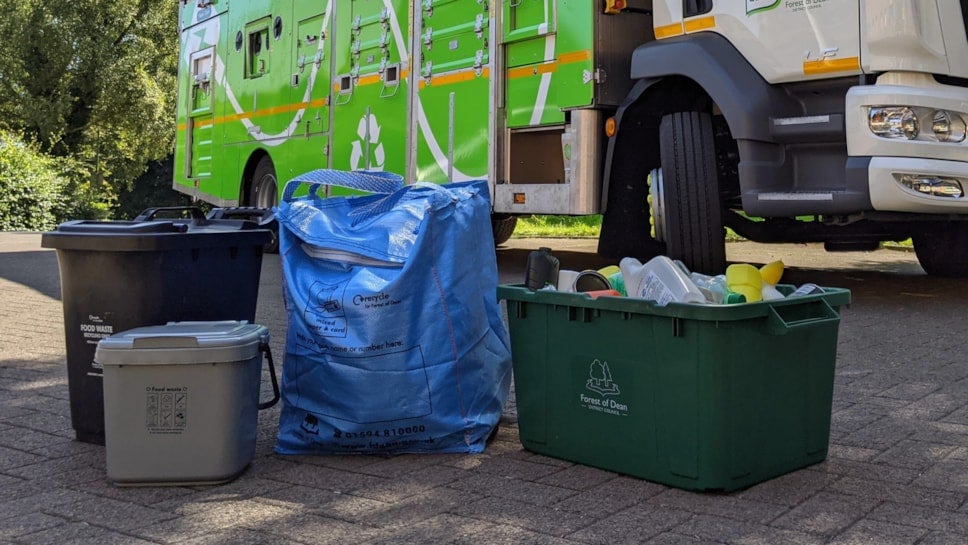In today’s fast-paced world, high-value electronics—such as smartphones, laptops, gaming consoles, and medical devices—are an essential part of daily life and business operations.
These items are not only costly but also delicate and susceptible to damage during transit or storage. Protective packaging for high-value electronics plays a vital role in ensuring these devices reach their destination intact and functional.
Choosing the right packaging can prevent costly replacements, preserve product integrity, and enhance customer satisfaction.
Understanding the importance of protective packaging for electronics
High-value electronics contain sensitive components that require special care. Shock, vibration, moisture, static electricity, and temperature fluctuations can all cause irreparable damage.
Protective packaging acts as a barrier, absorbing impacts and shielding the product from environmental hazards.
A well-designed packaging system includes cushioning materials like foam, bubble wrap, or air pillows, which provide impact resistance. It also incorporates barriers against static electricity—important for electronic circuits—and moisture-resistant layers to prevent corrosion or short-circuiting.
For products with screens or delicate parts, custom moulded inserts offer a secure fit to limit movement inside the box.
Besides physical protection, packaging also plays a psychological role. Quality packaging can reinforce the perception of premium value, increasing consumer confidence in the product.
This makes it essential for manufacturers and retailers to invest in packaging solutions that balance protection with presentation.
Materials and technologies used in electronic packaging
The materials chosen for protective packaging must meet specific criteria: cushioning performance, durability, environmental resistance, and sustainability. Some of the most common materials include:
- Expanded Polystyrene (EPS) Foam: Widely used due to its excellent shock absorption and light weight. EPS is custom-shaped to fit the product, but its environmental impact has led to increasing interest in alternatives.
- Polyethylene Foam: Softer and more flexible than EPS, this material offers good cushioning with less rigidity. It’s often used for delicate parts and can be recyclable.
- Corrugated Cardboard: Frequently used for outer packaging, corrugated cardboard is strong, lightweight, and cost-effective. Double or triple-wall options provide added protection for heavy or fragile electronics.
- Anti-static Materials: Static electricity can damage electronic components. Packaging incorporating anti-static bubble wrap or bags is essential to prevent electrostatic discharge.
- Moulded Pulp and Biodegradable Options: With growing environmental concerns, biodegradable and recyclable materials like moulded pulp and cornstarch foams are becoming popular, offering eco-friendly protection without compromising durability.
Technological advances have also enhanced packaging. Smart packaging solutions include sensors that monitor temperature, humidity, and impact during transit. These innovations allow manufacturers to track environmental conditions and ensure the product remains within safe limits.
Best practices for protecting high-value electronics during shipping
Shipping high-value electronics requires a combination of proper packaging techniques and careful handling procedures. Here are key strategies to maximise protection:
- Custom-fit packaging: Off-the-shelf boxes and generic cushioning often fall short. Custom inserts and moulded foam that conform exactly to the product shape reduce movement and minimise risk of damage.
- Double boxing: For extremely fragile or expensive electronics, placing the primary package inside a larger, cushioned box offers an extra layer of defence against impact.
- Sealing and waterproofing: Securely sealing the package with tamper-evident tape and incorporating moisture barriers protect electronics from dust, humidity, and water damage during transit.
- Clear labelling: Marking packages with “Fragile,” “Handle with Care,” or “This Side Up” alerts carriers to take extra precautions, reducing mishandling risks.
- Temperature control: Some electronics, like batteries and medical devices, require stable temperatures. Packaging that insulates or integrates cooling elements helps maintain optimal conditions.
- Insurance and tracking: For high-value shipments, investing in insurance and real-time tracking can safeguard against loss or damage, providing peace of mind and prompt recovery options if problems arise.
Balancing protection and sustainability in electronic packaging
Sustainability is becoming a decisive factor for businesses and consumers alike. While protecting high-value electronics is critical, it should not come at the expense of environmental responsibility.
Manufacturers are exploring greener packaging materials and designs to reduce waste and carbon footprints.
Recyclable and biodegradable packaging materials, such as corrugated cardboard and plant-based foams, offer viable alternatives to traditional plastics and foams. Modular packaging systems reduce excess materials by allowing components to be reused or easily separated for recycling.
Furthermore, optimising packaging size and weight can lower transportation emissions by enabling more efficient shipping. Minimising excess packaging also enhances the unboxing experience by eliminating unnecessary waste.
Incorporating sustainability into protective packaging requires careful consideration to ensure that eco-friendly choices do not compromise the essential function of safeguarding sensitive electronics. This balance is achievable through ongoing innovation and thoughtful design.
High-value electronics demands packaging that combines robust protection with smart design. By choosing appropriate materials, employing best packaging practices, and considering sustainability, manufacturers and retailers can safeguard their products, reduce losses, and improve customer satisfaction.
Whether shipping across town or around the globe, protective packaging remains the frontline defence that keeps valuable electronics safe and secure.


